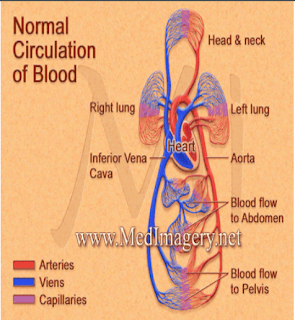Diseases
A disease can modify or affect chemical reactions in the body and set it to disequilibrium.
Non-communicable: self-inflicted or created by environmental conditions, such as dietary deficiency diseases or cancers
E.g:
- Scurvy
- Rickets
- Obesity
- Anorexia
- Coronary heart diseases
Communicable: Due to agents such as viruses or bacteria, which are passed between organisms
E.g:
- Cough
- Flu
- Malaria
- Athlete's Foot
Pathogen
cause the disruption of the equilibrium of the body & the immune system helps to restore & maintain the equilibrium
** Not all bacteria are pathogen! (yaklut) But pathogen can be bacteria**
- Organisms that cause disease and lives in or on another organism.
- When they infect an organism, they
- Destroy cells
- Produce toxins
- Interfere with normal functions in organism
- Invokes immune response that, if excessive, harms the organism.
- To infect an organism, the organism must
- able to survive the transmission from one host to another.
- able to enter the host.
- virulent – the ability to overcome body defenses (through its own replication) & only need to be initially present in small numbers.
Different classes of pathogens:
- Bacteria
- Viruses
- Protozoa
- Parasites
- Fungi
Further Readings:
Botox - http://dermatology.about.com/od/cosmeticprocedure/a/botox.htm
HIV/ AIDS - http://www.google.com.sg/url?sa=t&rct=j&q=&esrc=s&source=web&cd=3&sqi=2&ved=0CEQQFjAC&url=http%3A%2F%2Fen.wikipedia.org%2Fwiki%2FHIV%2FAIDS&ei=lnxSUNrSJYzorQeQ3YG4Bg&usg=AFQjCNF0DBD0fizNfrRaYD9L4NMDXgr8wg&sig2=udJp1yPcZJ9U5ZR0EyfePA
















